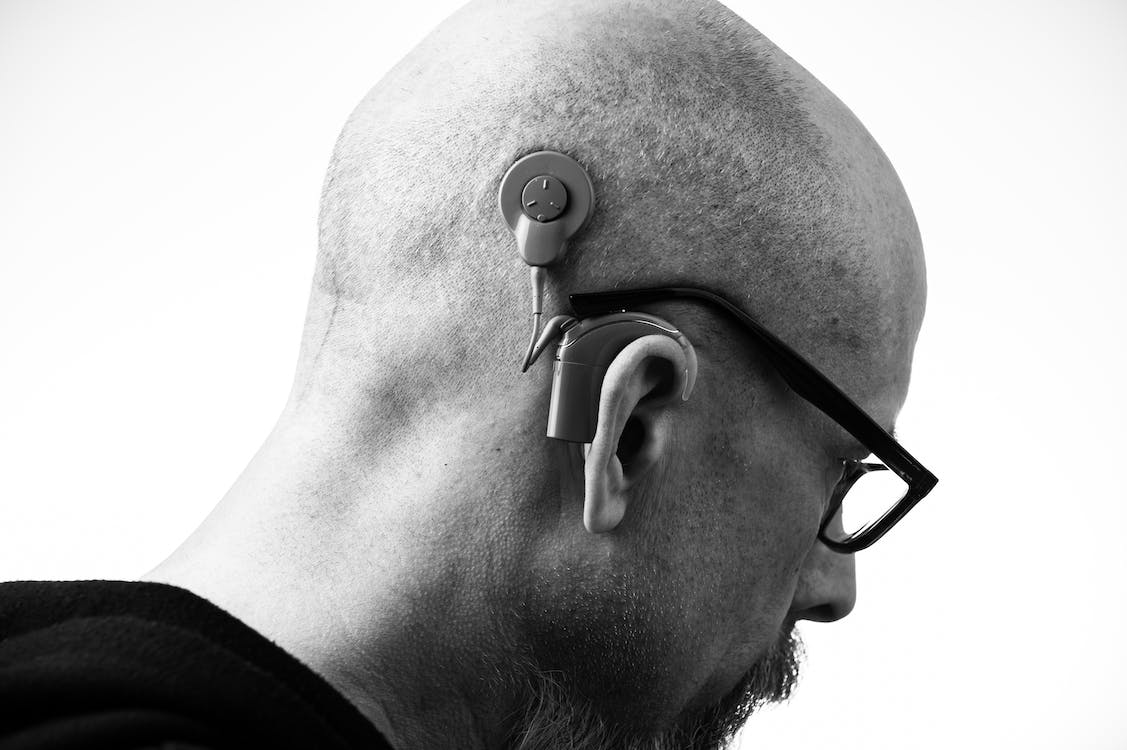Like any other technology, hearing aid technology has greatly improved over the last few decades. Advanced technology has given hearing aids a makeover, while advancements such as wireless connectivity, remote control, and synchronization have made wearing these devices more comfortable.
As technology advances, the capabilities of the latest hearing aids are exceptional. Modern hearing aids are offering more features and perks than ever before. Here are a few benefits and features of modern hearing aids.
Table of Contents
1. Useful Connectivity Features
Modern hearing aids come with a lot of useful connectivity features, such as Bluetooth connectivity, that allow them to be paired with smartphones or similar devices. The Bluetooth feature is compatible with many styles of hearing aids, including in-the-ear (ITE), behind-the-ear (BTE), in-the-canal (IRC), and mini BTE. However, each manufacturer offers a different range of products and accessories that are Bluetooth-enabled.
The connectivity feature makes it easier to route audio from a device to your hearing aids, and you can even use a mobile app to control your devices. This includes adjusting hearing profiles, checking the battery life, or even doing maintenance.
Some manufacturers also provide a streaming device to connect your hearing aids to a TV, which allows patients with hearing loss to enjoy watching television. All these features use modern technologies, making digital hearing aids much more suitable for the young generation. Learn how you can pair your hearing aids with TV streaming devices.
2. Tinnitus Relief Features
Tinnitus and hearing loss are usually linked, but the good news is that wearing a modern hearing aid can help relieve tinnitus symptoms. Hearing aids amplify other sounds that a patient needs to hear, making the irritating ringing of tinnitus less notable.
Most modern hearing aids also have tinnitus masking features that can help alleviate tinnitus by covering up the internal ringing. Although tinnitus can’t be completely eliminated, you can find the best hearing aids for tinnitus with the help of your hearing care professional or audiologist.
3. Artificial Intelligence and Automatic Programming
Disparate hearing environments require different settings within hearing aids in order to maximize their effectiveness. For instance, if you are listening to music, you may need to turn off features that might misrepresent elements of that music as noise. In a quiet space, you don’t require directional microphones or noise reduction to the extent you will require in a horde at a football match.
Modern hearing aids allow users to adjust the settings with a simple button press on the device or through a mobile app. The avant-garde hearing aids, such as Starkey Evolv AI, MDHearing, or Signia Silk X, can even listen to your environment and automatically adjust the hearing aids settings.
4. Rechargeable Batteries
Sometimes back, you had to open up your hearing aids manually to change the batteries. The size of hearing aids was also extremely small, so you had to buy specific batteries that would fit inside different hearing aids. While this made your hearing aid last a long time without requiring it to be recharged, it was quite challenging to replace the batteries, especially when in public or when you needed to make an emergency swap.
Modern hearing aids come with rechargeable batteries. You can charge them with any compatible power source. You also don’t have to worry about overcharging the batteries since they have features that cut off the power when the batteries are full. That means you can safely charge your hearing aids at night without worrying about damage.
5. Sound Amplification and Noise Management
The primary function of a hearing aid is to amplify sound, but since the arrival of digital technology, hearing aids have started doing this in a more precious and sophisticated manner. Each patient has a unique pattern of hearing loss. Therefore, when sounds enter the hearing aid, it’s split into different frequency bands. The correct amount then amplifies each band to return the user’s hearing to a normal level at that band.
Modern hearing aids can also tell the difference between speech and background noise, such as high noise from a crowded room, traffic, or air conditioners. They then amplify the speech sounds and minimize the background noise amplification at every frequency band. This increases your listening comfort and the ability to understand speech in noisy settings.
6. Waterproof Design
Most modern hearing aids can handle a bit of regular moisture, such as rain, sweat, and even swimming. However, they may require extra protection to make them completely safe to use in water.
Moisture is no friend to the delicate electronic components of these costly devices, so never submerge your hearing aids in water. Your audiologist or hearing healthcare professional can advise you on keeping moisture and dirt from your hearing aids.
Endnote
Modern hearing aids are designed to help you hear conversations, nature, and music with comfort and clarity. While their features might sound technical, their benefits offer a huge difference to people with hearing loss. Most features work automatically, and you will notice an enormous difference in your quality of life when you wear a modern hearing aid.
















